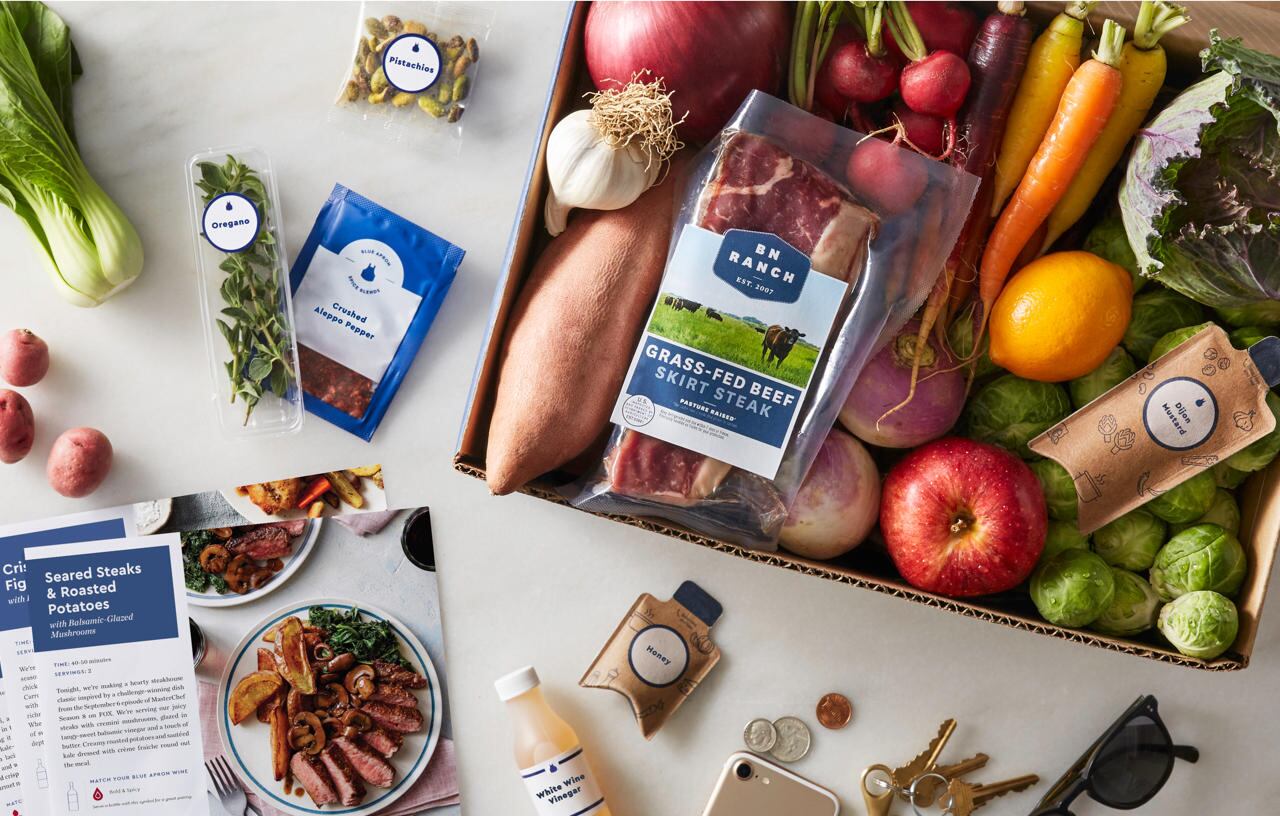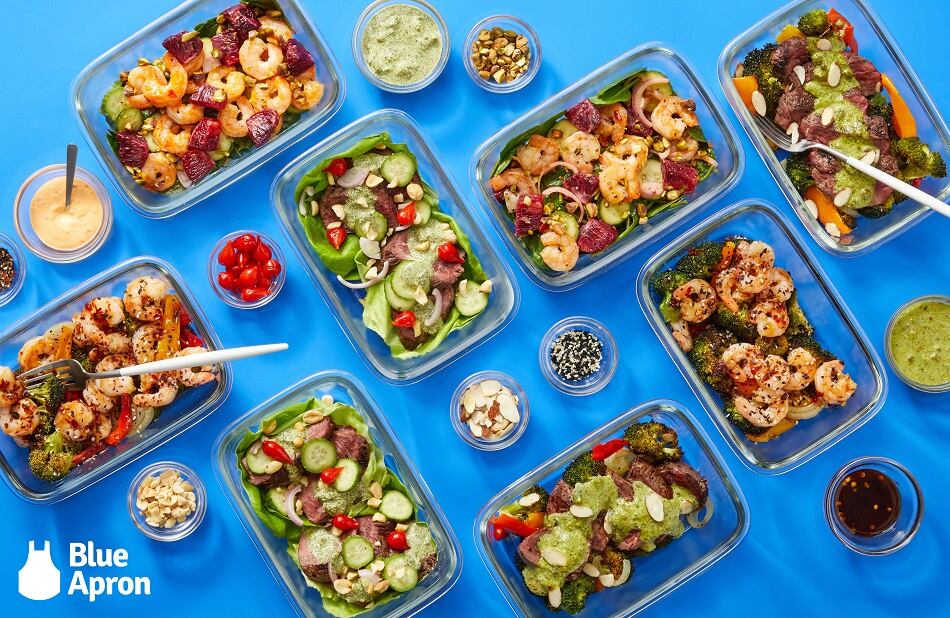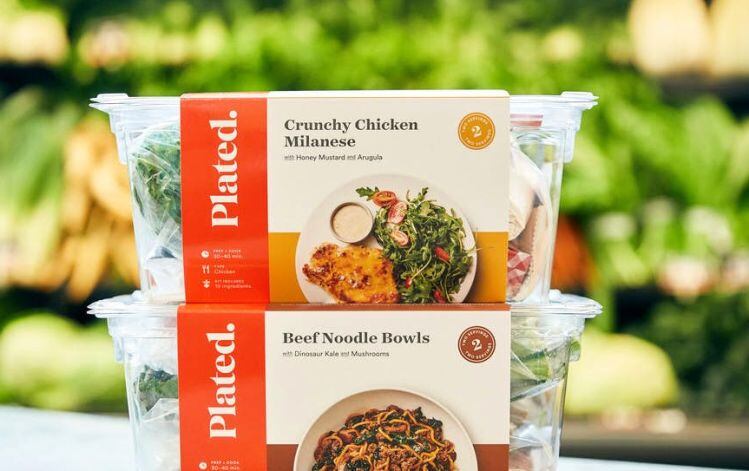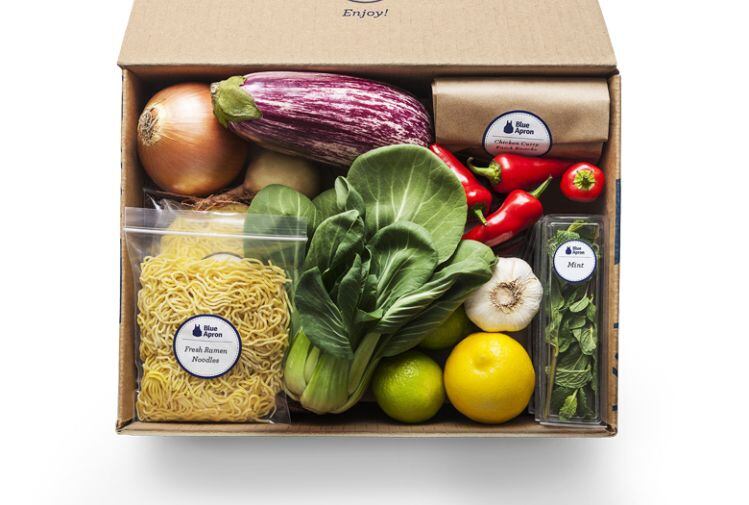Right now, Blue Apron’s options aren’t great, said Sean Butler, who formerly held senior positions at meal kit brands Purple Carrot and Chef’d and is now managing director at consumer products supply chain consultancy LIDD.
“The company will find it very difficult to raise capital from any source,” he told FoodNavigator-USA.
“Blue Apron lost more than twice as much money in 2019 as the company's entire market capitalization today. It will be lucky to find a buyer.”
He added: “Potential suitors have little incentive to come off the sidelines. Instead, they can patiently wait as the company continues to spend through its remaining cash, becoming more desperate to make a deal. The most likely outcome is an 11th hour purchase by a buyer who sees value in the brand and can secure the sale at a heavily discounted price.
“An alternative is Chapter 11 reorganization with a partner who sees some value in the brand. Complete insolvency is not off the table."
'HelloFresh has shown that there is a path to simultaneous growth and profitability in meal kits'
That said, while many meal kit companies have struggled to make the economics of an online subscription delivery model work, Blue Apron’s woes should not be seen as proof that meal kits are doomed, he said.
"HelloFresh has shown that there is a path to simultaneous growth and profitability in meal kits. That company's detailed focus on execution demonstrates that success is a function of disciplined marketing and a right-sized supply chain. Blue Apron presents the counterpoint.”
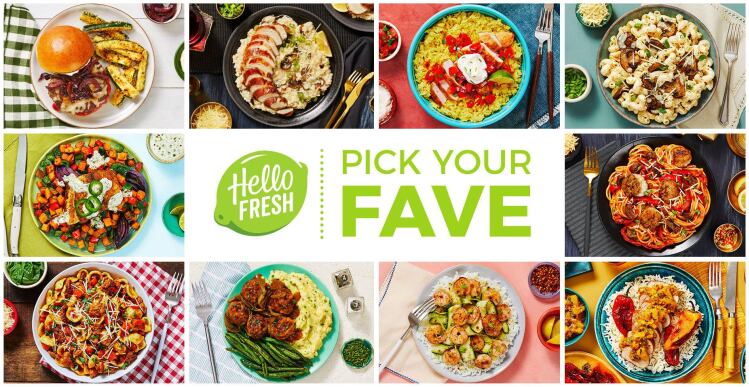
Story will 'most likely end with a fire sale to a retailer'
Dr James Richardson, founder of consultancy Premium Growth Solutions, said he predicted that Blue Apron’s story “will most like end with a fire sale to a retailer, potentially Amazon whose urban customer base is more likely to put in extra time when they do cook. Amazon’s meal kits are of similar technical complexity and culinary interest. And Amazon can afford to operate a business running at a mild loss.”
As to what lessons – if any – the market can take away from Blue Apron’s experience, he argued that the company had “stuck too long to an unprofitable direct to consumer revenue model as it chased a supposed multi-billion addressable market for itself.”
'Blue Apron’s recipes take way too long and are too technically cumbersome'
In fact, he claimed, the market for meal kits likely “just isn’t that big after all…
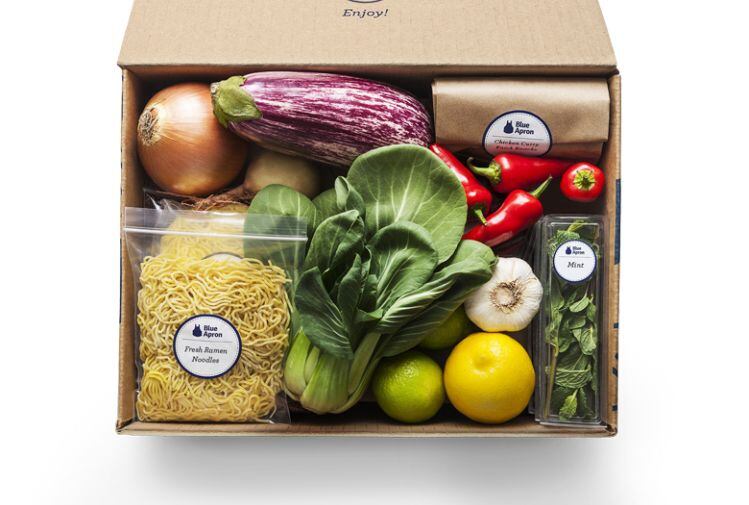
“Blue Apron’s recipes take way too long and are too technically cumbersome for most educated Americans. And the urban elite it implicitly targeted is cooking less and less...
"Not to mention that the market became flooded with companies all chasing a very very tiny group of urban families who stick with meal kits for more than a year (they really want to cook the most, yet it drives them nuts to come up with ideas).”
'The false assumption meal kit brands made early on is that most people like to cook'
While HelloFresh appears to have found a way to make money out of meal kits, the market is likely far smaller than originally anticipated, he argued.
“The false assumption meal kit brands made early on is that most people like to cook. Nothing could be further from the truth in modern urban life. At most, we like to cook when there is a celebration or party at our homes. Freedom from the obligation of cooking is a major sign of elite class status across the country.”
If you compare Blue Apron with the successful direct to consumer brand Daily Harvest, which delivers smoothies, soups, and other prepared foods to people’s homes, “you see the difference between a vision born of irrational capital divorced from behavioral insight on cooking behavior and a truly American convenience food delivery concept that relies on zero cooking at all,” claimed Dr Richardson.
“The latter is led by investors who actually understand what they are doing, because they’ve built dozens of successful food brands.”
Green Chef founder: 'This industry wound up being significantly smaller than my expectations'
Michael Joseph, who founded the Green Chef meal kit business (which was acquired by HelloFresh in 2018) said that, "We've seen the industry top out, but there is an industry, and you can run profitable companies here. So, taking market share is how you make money at this point."

He added: "One thing for sure is that this industry wound up being significantly smaller than my expectations, and I'm pretty sure most of my founder peers from this cohort feel the same way. The niche of customers who want to subscribe to a fresh meal kit, with all the packaging, and then still cook is really small. I think it's maybe a $2bn market in the US.
"The core users love them, and other people have learned how to cook because of meal kits, but again this still translates to a small market and there's only so much room. I think it's an excellent product for rural markets where choice is extremely limited."
'Blue Apron just needs a relatively small amount of capital'
Asked about the most likely path ahead for Blue Apron, Joseph (who is a shareholder in Blue Apron) said: "I actually think they can raise enough capital to grow and become self-sustaining, and even take back some share from the meal kit market. They are nearly breaking even and have a number of loyal customers. There's a real business in there. I would definitely buy shares if they had a secondary offering.
"When you look at the difference in value between HelloFresh and Blue Apron, it's clear that there's value there and it appears to me that Blue Apron just needs a relatively small amount of capital to get themselves into a self-sustaining, profitable business."
Customer numbers dropped from over a million in early 2017 to 351,000 in Q4, 2019
Speaking at Blue Apron’s Q4 2019 earnings call Wednesday, CEO Linda Findley Kozlowski said customer numbers had dropped from over a million in early 2017 to just 351,000 in the latest quarter, while revenues had slumped 32% year on year to $454.9m in 2019. Net losses were $61m in 2019 vs $122m in 2018.
However, average revenue per Blue Apron customer had increased from $252 in Q4 2018, to $269 in Q4 2019; while orders per customer were up 7% year-over-year, proof that the strategy of focusing on 'high affinity' customers that spend more and stick with the service was working, she said.
Blue Apron CEO: ‘This is actually still a very new industry’
She added: “This is actually still a very new industry. And so as one of the larger players in this space, we do still see significant opportunity for upside particularly tracking against growth in online grocery spend and other areas.
“We do think one of the biggest opportunities and also challenges that a lot of the companies in this space face is getting to a level of efficiency and also driving marketing forward. And we do think that all the financial rigor and the operational rigor that we’ve put in the place over the last years put us in a good position to be able to capitalize on that marketing opportunity going forward with the right level of investment.”
However, CFO Tim Bensley clarified that, “We will need to raise capital to fully execute that growth plan.”
Currently, the board – which is closing Blue Apron’s Arlington facility and transferring production to facilities in Linden, New Jersey and Richmond, California - is evaluating a range of options including “a strategic business combination; a capital raise through the public or private markets; and a transaction that results in private ownership or sale of the company, or some combination of these.”
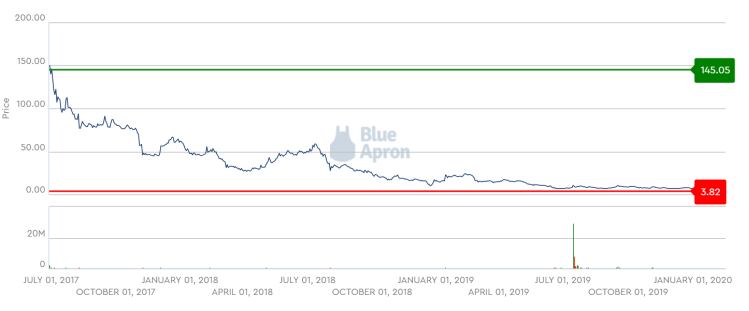
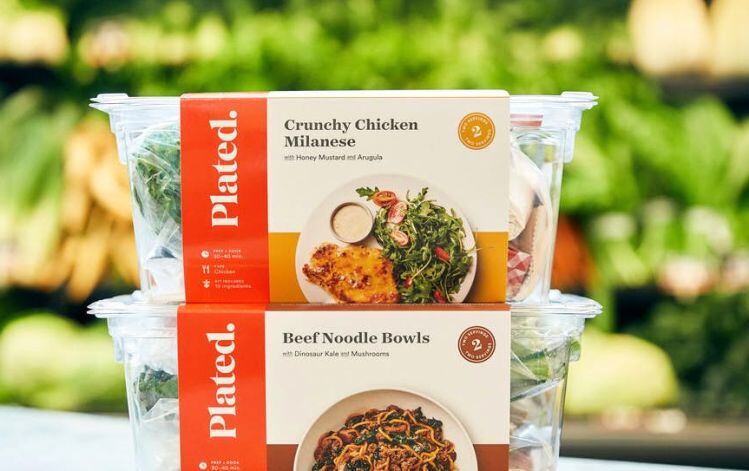
Albertsons phased out the Plated meal kit subscription service on November 26, 2019, and is now focused on building the Plated brand – which it acquired in 2017 for a reported $200m – as an “in-house culinary brand.”
“Our vision for Plated includes an expanded set of products that goes far beyond a dinner-based solution and into a comprehensive in-house culinary brand,” said Geoff White, EVP and chief merchandising officer, who noted that heavy buyers of Plated meal kits tested in Safeway stores in Northern California were more likely to have families - and larger baskets - than the average shopper.
Right now, selected Plated cooking kits are available in select Northern California Safeway stores.
While the online subscription model – whereby meal kits are delivered directly to customers’ homes from Plated fulfilment centers – has been dropped, Plated products are available for purchase online through stores’ existing e-commerce platforms, which offer delivery or pickup through the Drive Up & Go service, says the company.
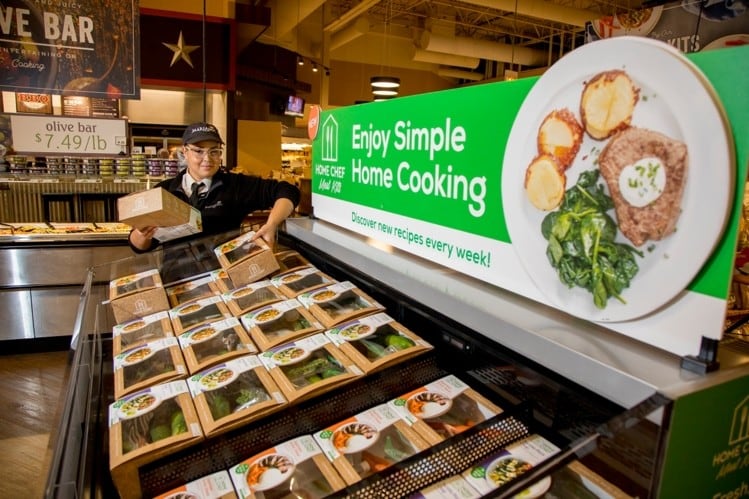
Home Chef, a meal kit brand acquired by Kroger for $200m in May 2018, still offers an online-based subscription service, but has been steadily expanding its retail offer in Kroger stores to target consumers that buy into the meal kit concept but don’t want to commit to a subscription, or don’t want to plan meals so far ahead, chief revenue officer Rich DeNardis told FoodNavigator-USA last year.
"The biggest thing we hear [when Home Chef asks subscribers why they quit] is the same as with any service. It’s expense and lifestyle reasons. Our e-commerce customers need to be willing to cook with us two to three times a week and that doesn’t always fit with people’s lifestyles.”
Instore, he said, "The shopper we resonate with is less price sensitive, but also a highly valuable shopper to Kroger generally.”

